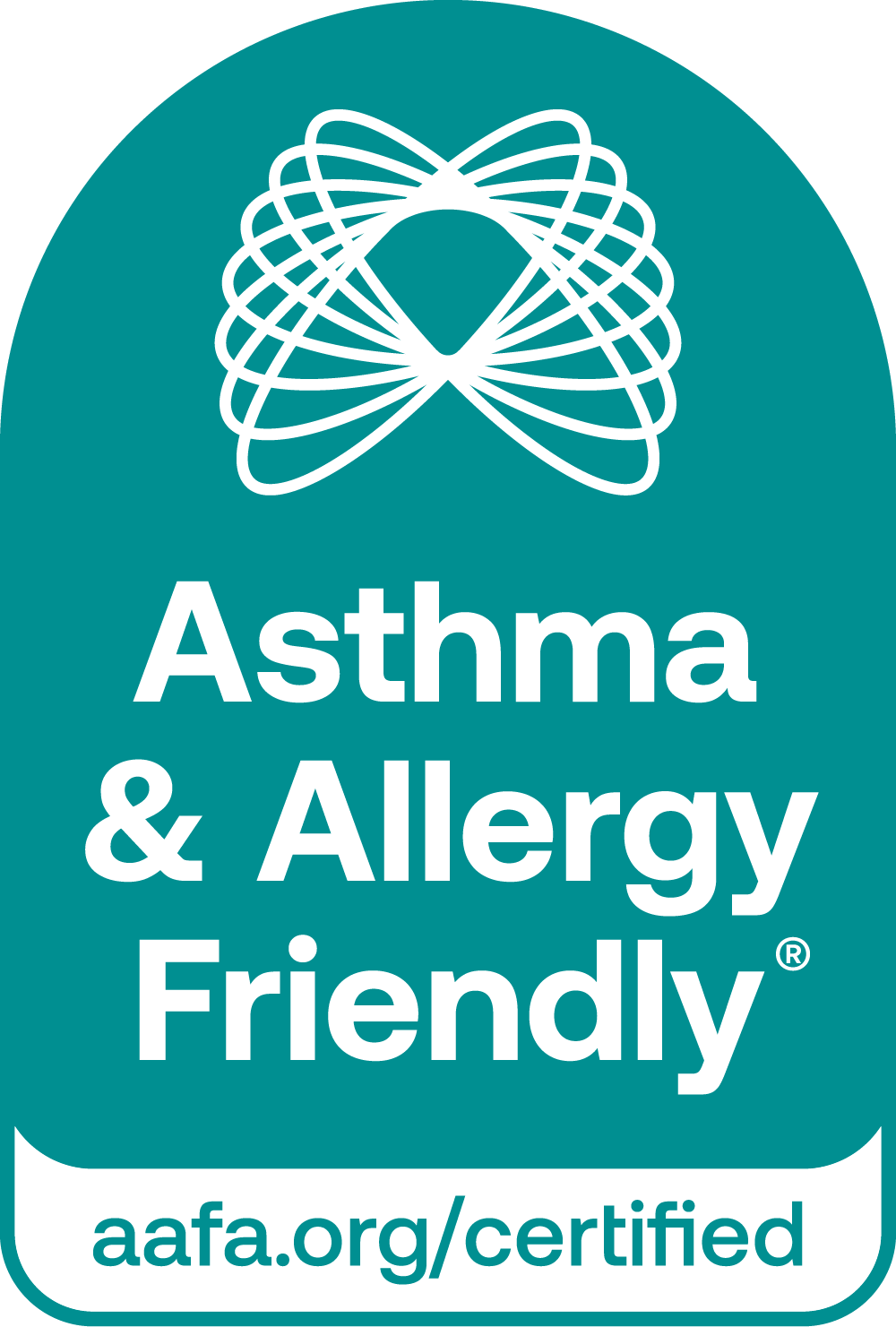 If you find yourself using more tissues and sneezing up a storm during certain times of the year, you’re not alone. More than 45 million Americans are living with seasonal allergic rhinitis—a.k.a. nasal allergies. For many, allergies that occur seasonally and are mild, but others have allergies so severe it interferes with their day-to-day lives.
If you find yourself using more tissues and sneezing up a storm during certain times of the year, you’re not alone. More than 45 million Americans are living with seasonal allergic rhinitis—a.k.a. nasal allergies. For many, allergies that occur seasonally and are mild, but others have allergies so severe it interferes with their day-to-day lives.
“If you have allergies upon exposure to an allergen, such as tree, grass and weed pollen, your immune system incorrectly believes the pollen is an invader. It then overreacts by producing IgE antibodies which ultimately act in releasing certain chemicals such as histamine, responsible for countless unpleasant symptoms such as watery eyes, itchy throat, sneezing and nasal congestion,” says Clifford W. Bassett, MD, AAFA Medical-Scientific Council Subcommittee Chair. “Outdoor allergens include pollen and mold spores while indoor allergens involve pet dander, dust mites, and others. The key is to be proactive and see an allergist for proper testing in order to confirm the triggers for your allergy symptoms. Then, you can put an individualized allergy action plan in place.”
Dealing with seasonal allergies is a pain, but you shouldn’t let it lower your quality of life. Here are a few helpful steps to gaining control of your symptoms:
Know your triggers. Pay attention to the things that prompt your allergy symptoms. For example, try to stay inside on dry, windy days when pollen is active in the air. Have someone else in the family take care of chores that may stir up allergens, like mowing the lawn and pulling weeds. You may even consider wearing a dust mask when working on outdoor chores.
Pay attention to allergen forecasts. Check your local news for pollen forecasts and current pollen levels in your area. If the forecast predicts high pollen levels, start taking your allergy medications before the symptoms have a chance to set in. Keep your doors and windows closed, and avoid outdoor activity when pollen counts are at their highest, such as in the early morning.
Be aware of your location. For those with seasonal allergies, some locations may be more challenging to live in than others. The Asthma and Allergy Foundation of America (AAFA) recently announced its 2015 Fall Allergy Capitals ranking, which names the worst 100 U.S. cities based on an analysis of three factors: pollen, allergy medication use and the number of allergists per patient. For more information and to see the entire list, visit allergycapitals.com.
Control your allergens. Keeping the air clean inside your home can also be a challenge, but there are ways to improve your overall air quality. For air heating and air conditioning, use high-efficiency filters and follow a strict maintenance schedule. A portable high-efficiency particulate air (HEPA) filter in your bedroom will help you breathe easier when you’re asleep. You can also keep your indoor air dry by using a dehumidifier to reduce the risk of mold. Of course, be sure to vacuum your floors at least once a week to discourage dust from building.
Determine a treatment method. First, talk to your doctor and get an allergy management plan. There are a number of over-the-counter solutions to provide relief for your allergy symptoms, such as oral antihistamines, decongestants, nasal sprays and combinations. Antihistamines help relieve itchy and watery eyes, a runny nose and sneezing. Decongestants and nasal sprays help by providing temporary relief to a stuffy nose. Depending on your symptoms, one of these types of medications may be right for you.
